 SELECTED
ISSUE
SELECTED
ISSUE
|
|
Leisure Management - People News

News

|
|
| People News
|
|
|
|

|
Lizzie Yarnold, Olympic gold medallist

“I realised it wasn't only my medal, it actually belonged to a lot of people”

Lizzie Yarnold helped team GB get its best medal haul since the 1924 Chamonix Winter Games when she won gold in the skeleton at the Sochi Winter Olympics. Yarnold's win was particularly impressive, given the UK's limited facilities for training in the skeleton, and the fact that she only took up the sport in 2009.
The UK’s only venue for training is a 140m concrete push-start facility at the University of Bath, which enables skeleton athletes to hone their starts.
“The medals show we can perform even though we don’t have our own track,” said Yarnold, speaking to Leisure Management's sister publication Sports Management.
Yarnold initially trained as a heptathlete, and was aiming to be picked for the modern pentathlon when she attended UK Sport's Girls4Gold selection day in 2009. She has been supported in sport from a young age right up to her medal-winning performance in Sochi.
“It started from when I was about 13 at my local club, Tonbridge AC,” she said. “Volunteers and parents would come and coach us. Later, through the Girls4Gold scheme, lottery funding helped me to train full time.”
British Skeleton gained £2.1m of National Lottery and Exchequer investment from UK Sport in the four years leading up to the Vancouver 2010 Olympics. Amy Williams' gold medal saw this rise to £3.4m for Sochi, making skeleton the most funded British winter sport. Gaining consecutive gold medals at Winter Olympics will likely mean a further increase in funding for the skeleton discipline.
“Before the Games it was all about getting the medal,” said Yarnold. “As soon as I got it I realised it wasn’t only my medal, it belonged to a lot of people. The real use and benefit of it is that it will help people so they can follow their dreams to get to the Winter Olympics and hopefully bring back some more medals.”
See p36 for more on the impact of Team GB's medal haul on snow sports.
Details: www.britishskeleton.co.uk
| |
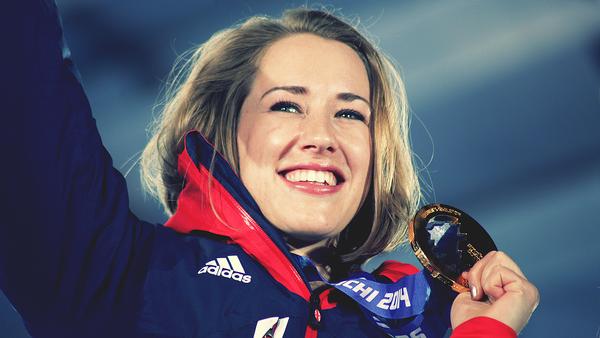

|

Lizzie Yarnold became the fourth skeleton medallist in as many Winter Games |
|

|
Chris Romer-Lee, director, Studio Octopi

“There are not enough of these kind of spaces in our cities”

London architects Studio Octopi have designed a swimming pool concept for the River Thames, which would allow Londoners to swim in the tidal waters, surrounded by reeds and with views over the city.
Studio Octopi were one of five multidisciplinary firms invited by The Architecture Foundation, The Royal Academy of Arts and Rogers Stirk Harbour + Partners to come up with alternative uses for the Thames as part of a project called London As It Could Be Now. This came in response to plans by Thames Water for major improvements to London's sewer system over the next 10 years, which will vastly improve the water quality of the river Thames.
“I received the call to enter while in Zurich swimming in the lake,” said Studio Octopi director Chris Romer-Lee. “They have outstanding varied facilities all around the lake which is pretty much in the centre of town. Also once a year they close the river to boats and allow people to swim in the river that feeds the lake. Commuters swim to work! I thought, why can’t this work in London?”
The proposals suggest creating pools at Blackfriars Bridge in central London and the King Edward Memorial Park in Shadwell, East London. The proposals set out plans for two fixed pools, extending to a height just below the high water mark. These are split across two levels and sit on a concrete slab suspended by a steel frame. A second adjoining floating structure rises and falls with the tide. The floating pool would be fringed with reeds, while the wharf edge would be planted with ferns and perennials, providing a habitat for fish, birds and flora.
“There are not enough of these kind of spaces in our cities,” said Romer-Lee. “This vision is bold, but ultimately buildable. We really like the fact that at high tide the architecture and engineering of the pools is lost underwater and all you're seeing is planting, and of course swimmers!”
The design was developed in conjunction with Civic Engineers and Jonathan Cook Landscape Architects.
Details: @ThamesBaths (twitter)
| |
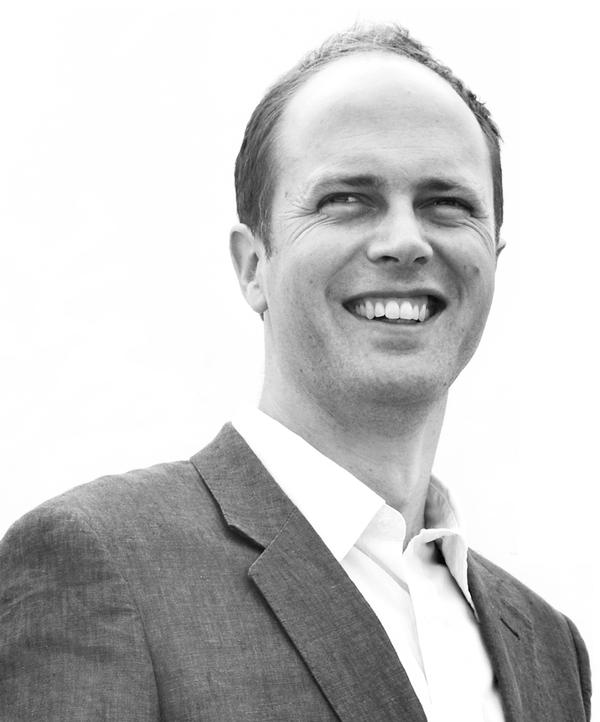

|

Chris Romer-Lee, director, Studio Octopi |
| |
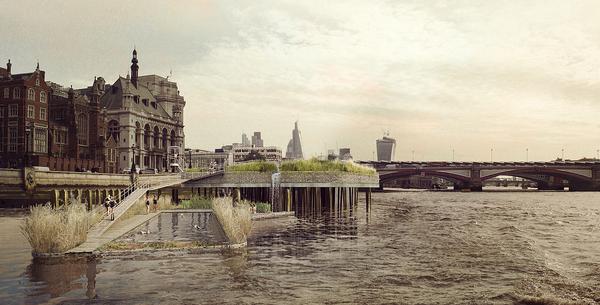

|
| Studio Octopi's swimming pool concept would allow Londoners to swim in the Thames |
| |
|

|
Howard Schultz, chairman, president and CEO, Starbucks

“This concept elevates the tea experience in the same way we've done for coffee”

Starbucks is hoping to transform the tea industry, with plans to open 1,000 tea bars across America over the next five years.
Following the acquisition of Teavana in 2013, a chain of 300 retail stores selling tea and tea accessories, Starbucks opened the first Teavana tea bar on New York's Upper East Side in October 2013. The bar sells a wide range of teas, herbal teas and 'tea-inspired food offerings' and is part of the company's aim of making the 'ritual of tea' more accessible for customers.
“We believe the tea category is ripe for reinvention and rapid growth," said Howard Schultz, Starbucks' CEO. "The Teavana acquisition positions us to disrupt and lead, just as we did with espresso starting three decades ago.
“Tea has been part of Starbucks' heritage since 1971, when we were founded as Starbucks Coffee, Tea and Spices, and this new store concept elevates the tea experience in the same way we've done for coffee. As the second most consumed global beverage behind water, tea presents a $90m global market opportunity. We're excited to celebrate the first retail example of how our two companies are coming together."
Starbucks' long term aim is to make Teavana the most recognised brand in the tea industry, with the opening of more tea stores worldwide.
Details: www.teavana.com
| |
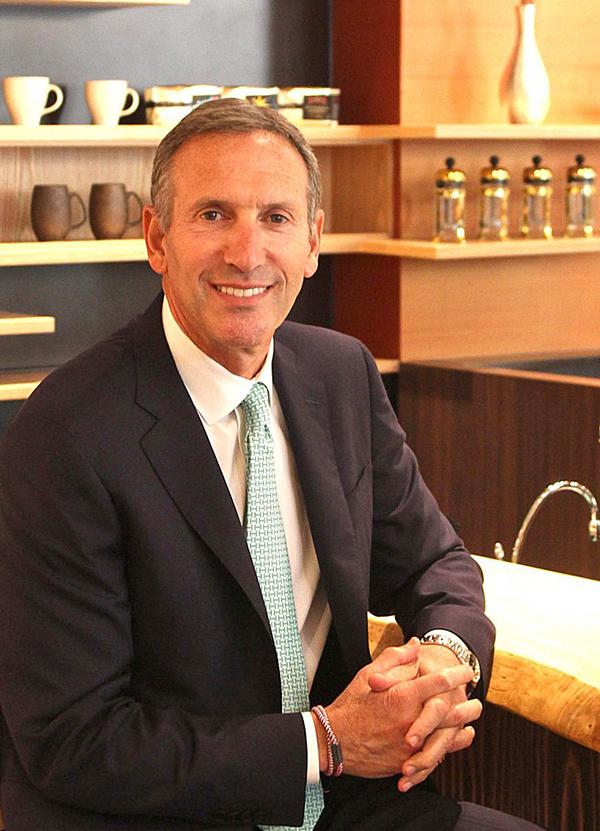

|

Howard Schultz, chairman, president and CEO, Starbucks |
| |
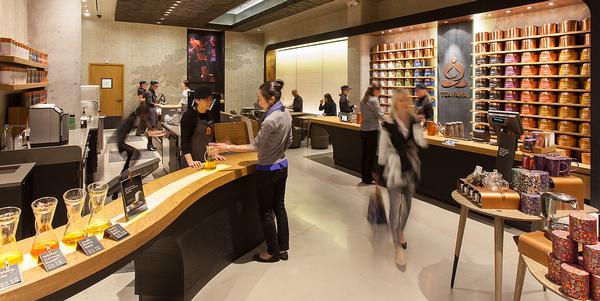

|
| There are currently two Teavana tea bars, on Madison Avenue in New York and in Seattle |
| |
|

|
Daniel Lamarre, president and CEO, Cirque du Soleil

"This is the most intimate custom-built theatre of all the Cirque du Soleil resident theatres in the world"

Mexico is to become home to Cirque du Soleil’s first resident show operating outside of the US, following the announcement that a new custom-designed theatre is under construction in Riviera Maya to house the entertainment spectacle.
The announcement comes as Cirque du Soleil teams up with Grupo Vidanta, a developer of resorts and tourism infrastructure in Mexico.
Guests will be served dinner and champagne inside a 600-seat theatre designed by leading architect Arturo Hernandez, created to provide a feeling of close proximity between guests and performing artists.
"This is the marriage of two creators of unique entertainment and world-class experiences," said Daniel Lamarre, president and CEO of Cirque du Soleil. "We were asked four years ago by Grupo Vidanta to imagine something different, something new, something unprecedented for this destination. We're excited that our partnership will unveil a new intersection for us between performance and culinary creativity. The setting is the most intimate custom-built theatre of all the Cirque du Soleil resident theatres in the world."
"Through our partnership with Cirque du Soleil we will deliver an entertainment experience beyond what currently exists in Mexico or the world in the Vidanta Theatre in Riviera Maya,” said Daniel Chavez Moran, founder of Grupo Vidanta.
“This entirely new category of entertainment will be an experience one must see, hear and taste."
The first performance is expected to take place in November 2014.
Details: www.cirquedusoleil.com
| |


|

Daniel Lamarre, president and CEO, Cirque du Soleil |
| |
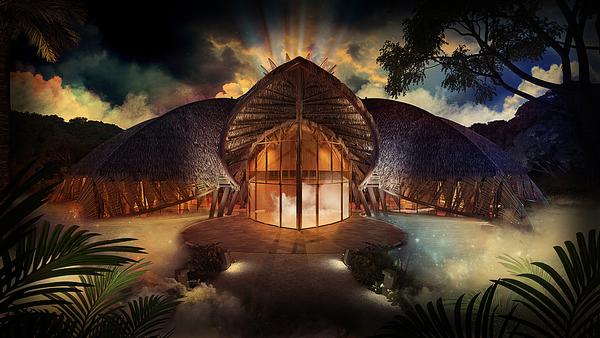

|
| Mexico will be host to Cirque du Soleil's first resident show outside Orlando and Las Vegas |
| |
|

|
Caroline Pugh, co-founder, VirtualU

“This is the first time people can see a photorealistic 3D model of themselves on their smartphones”

A 3D body scanner created by students at Virginia Tech University in Virginia, US, is going into a handful of gyms across south west Virginia. The scanner will help gym users to track their changing body shape as their fitness improves.
Users step into the scanner, create a profile on the touch panel inside and get a 10 second scan. They can then download an app for their mobile or go online to view a photo-realistic model of their body. As they get fitter, they can scan their body over time, gradually building up a picture of how their stomach flattens or muscles increase.
The technology was originally devised as a tool for online shoppers to see how clothes would fit their body, but the company recently decided to switch their focus to health and fitness.
“We realised that we have the potential to make a lot of impact in multiple markets,” said Caroline Pugh, who founded the business with Nick Graber. “The amount of data we collect on the human body allows us to calculate biometric measurements that some other technologies in the fitness market can't – or at least not with the accuracy we can. We saw the immediate impact we could make in fitness.”
The technology means that gym users would no longer have to go through extensive health assessments to monitor their progress, said Pugh. “This is the first time that people will be able to see a photo-realistic, 3D model of themselves on their smartphones.”
For health and fitness operators, the system would validate the gym's effectiveness, she added. “For example, personal trainers can use our technology to pinpoint down to the millimeter if someone has gained muscle in a certain area to show that the regimen is working.”
Looking ahead, the aim is to get more operators on board. “We're looking forward to working with larger gym chains and expanding regionally across the US,” said Pugh. “The goal is to have everyone in the US within driving distance of our VFit scanners.”
Details: www.virtualu.co
| |
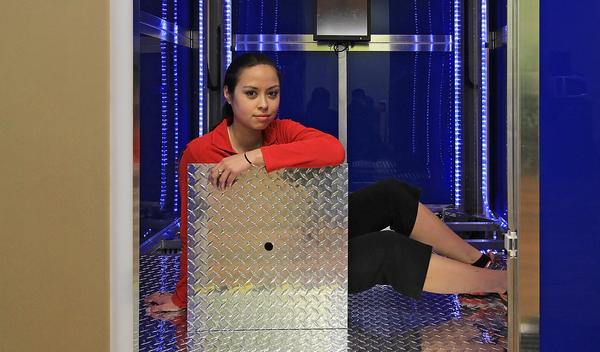

|

The scanners will allow gym users to accurately assess how well their regimes are working |
|
 |
| Originally published in Leisure Management 2014 issue 2
|
|
 |
|
|
|
|
|
| |